You can contact LEARNZ, part of CORE Education, at:
Postal Address:
PO Box 13 678,
Christchurch 8141,
New Zealand
The CRL is being designed and constructed to the highest standards of environmental, cultural, social, and economic sustainability. The CRL team aim to build New Zealand’s largest transport project without using unnecessary resources or creating unnecessary emissions and waste.
Sustainability means meeting our own needs without compromising the ability of future generations to meet their own needs. Sustainability is not just about the environment. It also includes social and cultural equity and economic development. Adopting sustainable practices, whether large or small, can have significant impacts in the long run.
The Link Alliance thinks about the economic, social, cultural, and environmental impacts of all their planning and decision-making relating to the CRL. These sustainability elements align with and support kaitiakitanga (read more about kaitiakitanga in Creating cultural legacy in public space design).
Building the CRL will use a lot of resources. The project aims to reduce the impacts of this resource use as much as possible.
When designing the city rail link, total energy, water, and materials use was estimated. The construction team records resource use to see how well they are tracking against the estimates.
There are many examples of how the construction team is working to minimise emissions and resource use.
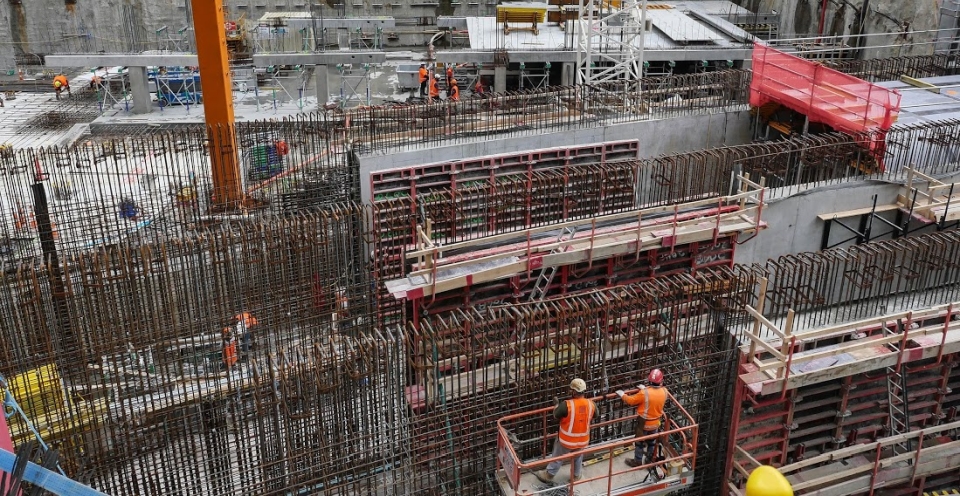
Concrete is useful but it has a large carbon footprint - mainly due to its cement content. A carbon footprint is the amount of carbon dioxide released into the air because of energy needs. Cement is made by burning limestone, which results in greenhouse gases being emitted due to the use of fossil fuels as well as the chemical process of 'calcinating' the limestone.
A lot of cement is needed to complete the CRL. Careful design reduces the amount of concrete needed. The team is also using concrete mix designs that partly replace some of the cement in the concrete with fly-ash. Fly-ash is a waste product from coal-fired power stations. Replacing 30 per cent of the cement with fly-ash reduces the carbon footprint of the concrete by around 25 per cent.
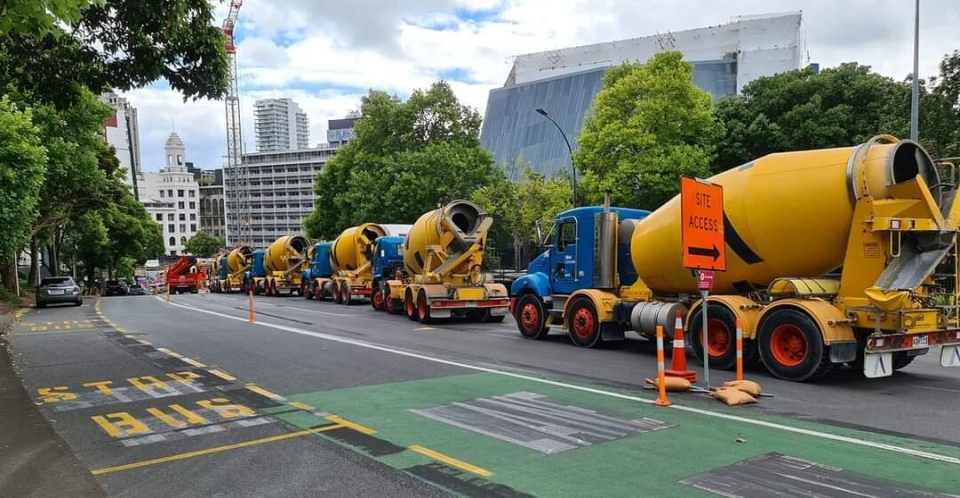
A diesel generator uses a diesel engine to make electricity. They are commonly used on construction projects. But burning diesel also produces greenhouse gas emissions.
One idea for reducing emissions on the project is to use electricity supplied from the national grid, rather than from diesel generators. New Zealand’s electricity generation is mostly from renewable resources, so using energy from the grid reduces emissions that would have been produced from the diesel generators.
When you dig holes and bore tunnels, you get a lot of soil, dirt, and rubble. This material is called spoil. It is mostly trucks removing the hundreds of tonnes of spoil from excavation sites. These trucks are not yet electric, but instead use diesel for fuel.
A driver training and truck monitoring programme was a way to reduce the amount of diesel fuel used, and therefore reduce emissions. After completing the driver training course, one of the drivers with nearly 40 years’ experience, achieved an 8.2 per cent saving in fuel use over a 40 kilometre course.
With large quantities of spoil to be trucked, the savings will soon add up! Also, using larger truck and trailer units for spoil transport reduces vehicle trips.
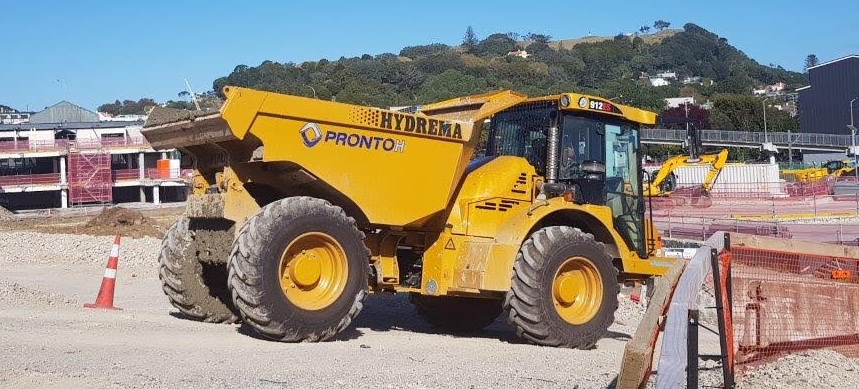
Water use during construction was estimated using information ranging from how many workers are expected to be on site, to how many trucks will need washing before driving onto Auckland’s roads.
One example of saving water is loading trucks with long reach excavators, rather than them driving into the muddy trenches. This reduces the water needed for wheel washing. Examples like this may seem small, but they add up over time.
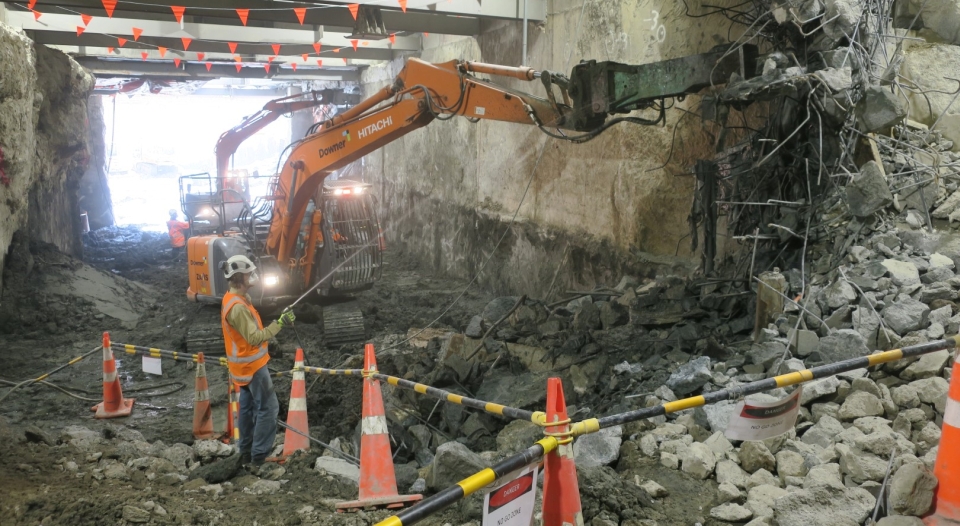
Six water treatment plants have been set up across all the worksites. Water treatment plants change muddy water to clear water before going into stormwater drains. They have been set up so that water, once cleaned, can be reused on-site for general activities such as soil mixing, cleaning, and dust control. At the Aotea worksite, the team has now started collecting rainwater from roof areas for reuse.
One of the keys to reducing waste on the CRL project is through good design. Careful planning during the design process will avoid the use of materials that will later need to be thrown out. It will also reduce the amount of material that is needed overall.
Construction will always create some waste. The goal of the CRL project is to divert as much construction waste from landfill as possible. Construction teams use the waste hierarchy:
Some examples are:
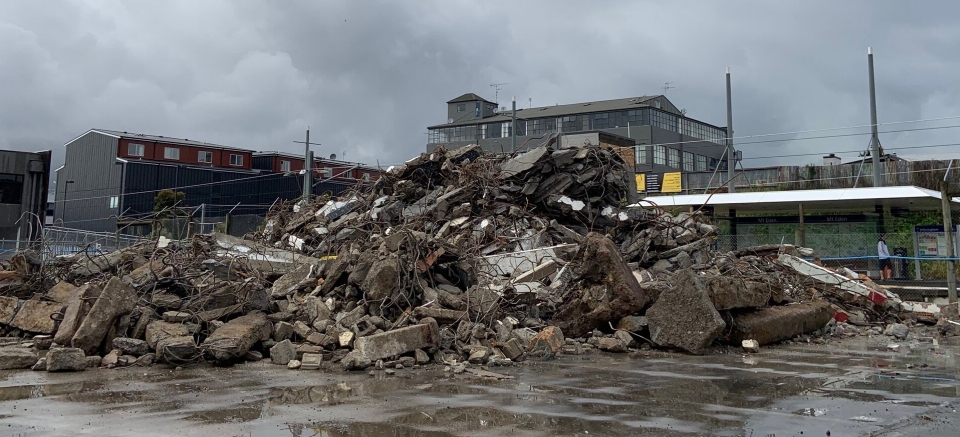
Once built, the CRL will give people more sustainable transport choices. It will help to reduce Auckland’s carbon footprint, enabling more Aucklanders to get out of their cars.
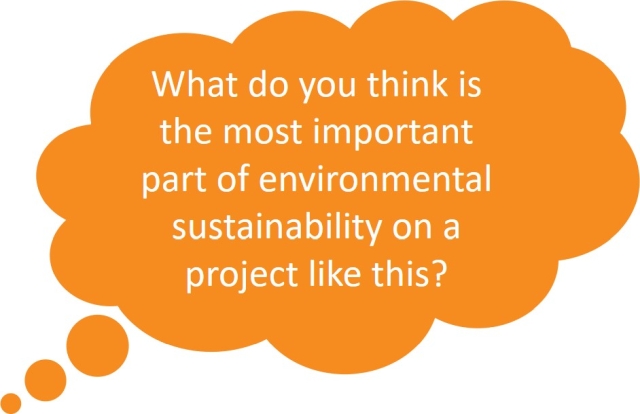
Try the Caring for the environment during tunnell construction quiz.
Sustainability - our story
Everything and more about sustainability on the CRL project